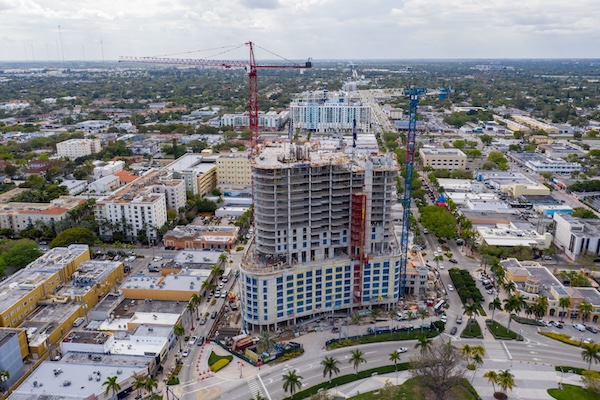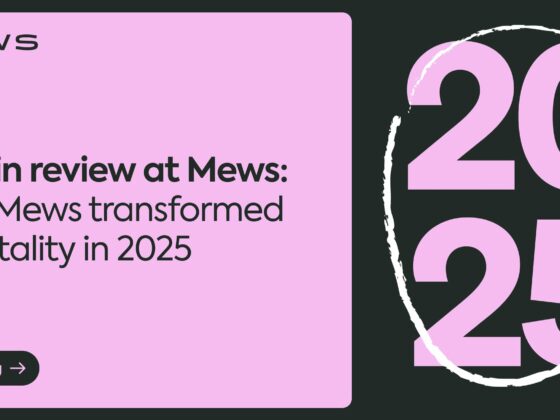
The EB-5 Immigrant Investor Program has emerged as a transformative financing option for developers and businesses seeking to fund large-scale projects. By attracting foreign investors who are motivated to obtain U.S. residency, EB-5 financing provides unique advantages that make it an ideal choice for a variety of projects, particularly those in real estate, infrastructure and other job-creating ventures.
In this piece, we spotlight how EB-5 financing can specifically be an ideal fit for a hotel project.
-
Access to Low-Cost Capital
EB-5 financing offers developers access to low-cost capital compared to traditional funding sources. Since investors are primarily motivated by the immigration benefits associated with the program, they are often willing to accept lower returns on investment. This can help developers reduce the overall cost of capital, improving project feasibility and profitability.
-
Flexible Financing Options
The program is highly versatile, enabling developers to use EB-5 funds for a range of purposes, including:
- Project development and construction costs
- Debt refinancing
- Expanding operational capabilities
This flexibility ensures that EB-5 financing can seamlessly integrate with other funding sources, such as bank loans or private equity.
-
High Demand from Foreign Investors
The EB-5 program has consistently attracted strong interest from international investors, particularly from countries like China, India, Vietnam and Brazil. These investors are often drawn to projects in key industries such as real estate, hospitality, healthcare, and education, providing developers with a reliable pool of funding.
-
Job Creation Alignment
One of the main requirements of EB-5 financing is that it must create or preserve at least 10 full-time jobs per investor. For developers, this mandate aligns well with large-scale projects that inherently generate significant employment, such as:
- Hotels and resorts
- Commercial real estate developments
- Public infrastructure projects
This alignment ensures that both the project’s goals and the program’s requirements are met efficiently.
-
Catalyzing Economic Growth in Targeted Areas
EB-5 projects in Targeted Employment Areas (TEAs) benefit from lower investment thresholds, which can attract a greater number of investors. These areas often include underserved regions where economic growth is most needed. For developers, participating in these projects can help position their initiatives as socially impactful while securing the necessary funding.
-
Building a Global Network
EB-5 financing connects developers with a global network of investors, advisors and economic experts. This can open doors to future international partnerships, cross-border opportunities and long-term relationships that extend beyond a single project.
-
Mitigating Market Risks
Traditional financing options can be subject to volatile interest rates and market dynamics. EB-5 financing offers a stable alternative, as foreign investors are less influenced by local economic conditions and are primarily focused on the immigration benefits associated with their investments.
Whether planning a luxury hotel, a mixed-use development or a healthcare facility, EB-5 financing can provide the capital, flexibility and global connections needed to bring them to life. Tapping into this program can reduce costs, meet job creation mandates and make a lasting impact on communities.








